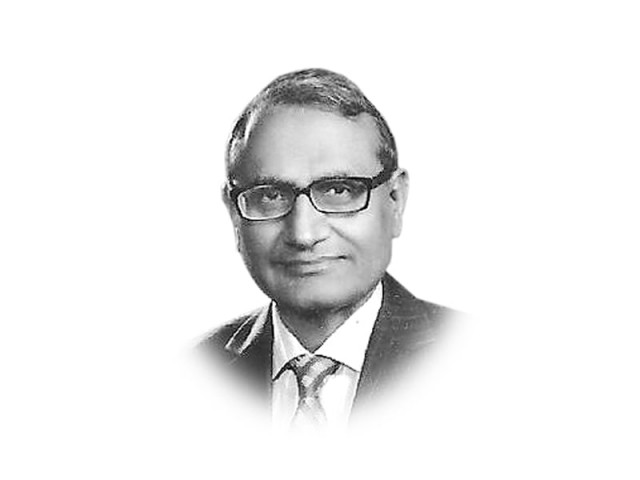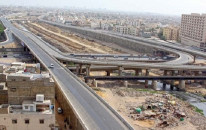A politically supervised development programme
Largest share of PSDP, 26% has gone to political programmes, like Peoples Works Programmes, discretionary funds.

pervez.tahir@tribune.com.pk
The largest share of around 26 per cent has gone to political programmes, such as the Peoples Works Programmes I and II. The former relates to the discretionary funds for parliamentarians and the latter for similar dispensation by the prime minister. In fact, the release for the prime minister’s programme has exceeded the original budget allocation and more is being provided. The critical water sector comes only next, with a far lower share of 16 per cent. Communications, largely roads, get 10 per cent. Less than 50 per cent is thus left for the rest of the federal government. Fata, where hearts and minds have to be won, has been given only Rs5.7 billion against the budget allocation of Rs14.3 billion. The Higher Education Commission (HEC) got what it wanted — about half of its budget allocation.

The Pakistan Railways received a little more attention. The release of Rs6.6 billion exceeded its annual rupee allocation. Project-wise details indicate that the highest beneficiary is where the denial of funds hurts most, i.e., locomotive power. Release of funds is one thing and effective spending is entirely another. So let us keep our fingers crossed. Good economic governance requires that the agencies approving projects and releasing funds should not be the same ones as those executing these projects. Sadly, this is not the case. The Finance Division has 73 projects claiming releases of Rs4.4 billion. Similarly, the Planning Commission released Rs7.5 billion for 35 projects. Now that the internal security situation has forced a shift in the national security doctrine, the interior division may have some reason to run 104 projects, second only to the 175 projects of the HEC. The science and technological research division has 66 projects. This sounds impressive but the money released only amounts to Rs558 million, and the largest project of Rs112 million, is the construction of its own office.
Construction is where the money is. It is no wonder then that it is the most prevalent activity in the PSDP released so far. The housing and works division has been released Rs5.9 for 60-odd projects. The petroleum and natural resources division has been released Rs200 million and it wants to spend all of it on the construction of the Petroleum House. The revenue division will utilise Rs233 million on 30 projects, mostly construction related.
Where does energy, our greatest concern, figure in all this? Petroleum and gas are outside the budget. Power is largely self-financed by Wapda. In the PSDP, a sum of Rs3.1 billion has been released for acquiring land for the Diamer-Bhasha Dam. In addition, the Pakistan Atomic Energy Commission was released Rs7 billion. This is a small part of the total energy picture. Location-wise, most of the water and road projects are in Sindh, Balochistan and Khyber-Pakhtunkhwa. Punjab trails far behind. Within Punjab, the preference is for its southern and northern parts. Broadly, other sectors also follow this political geography.
Published in The Express Tribune, January 11th, 2013.



















COMMENTS
Comments are moderated and generally will be posted if they are on-topic and not abusive.
For more information, please see our Comments FAQ